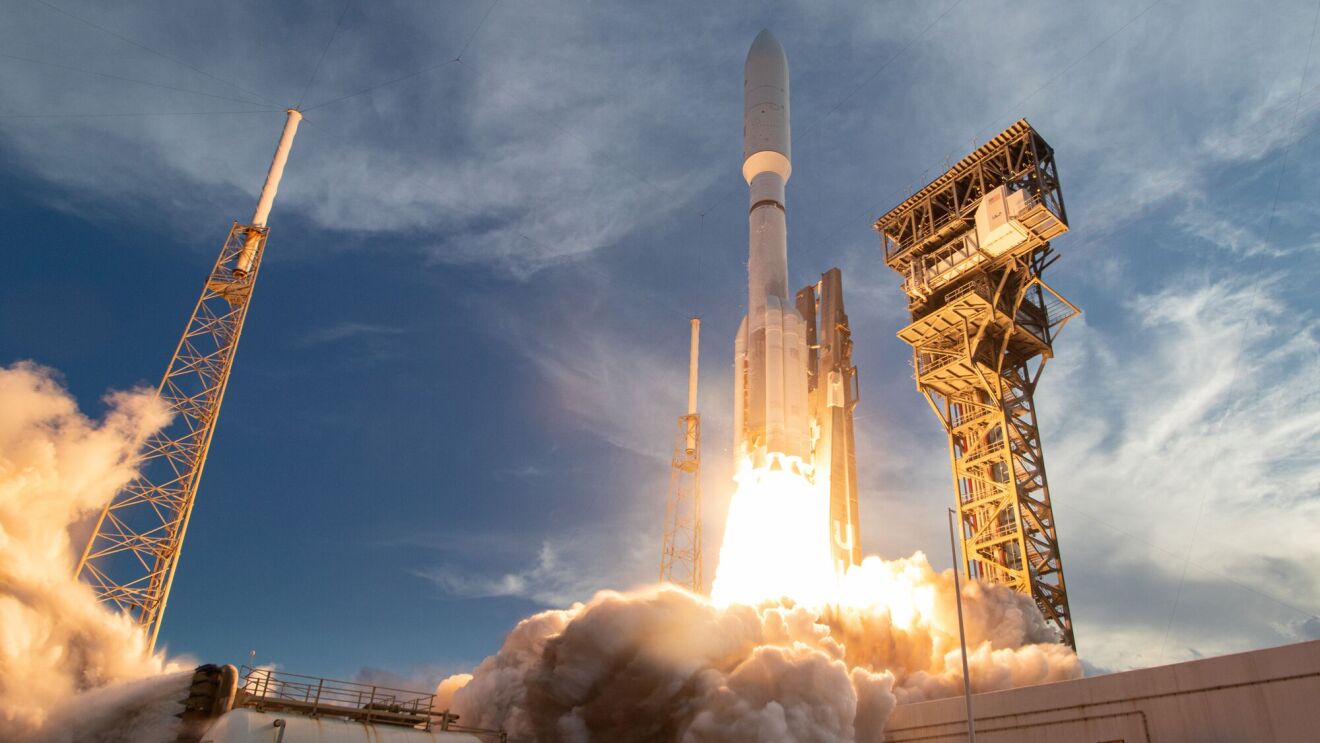These days, it seems as if the future creeps up on us faster than ever before, and with it comes significant change. It’s hard to believe that we’ve been reading on our Kindles for a decade, and that we’re able to order many of our favorite items with just our voice. There is plenty of analysis out there on the technology of the future.
But what about the human ingenuity that’s making it all possible? What about the workforce that builds each Alexa skill, or picks, packs, and ships product in new and more efficient ways each day?
This conversation has never been more relevant, and it’s one we must address together – between companies like Amazon, policymakers, thought leaders, and journalists.
As for Amazon, we’re thinking about this in four ways: one, we know we must be innovative in our approach to inventing and planning for the future. Two, we’re focused on STEM and computer science education at all levels, from early childhood to collegiate and beyond. Three, we’re looking at the military community as a rich pool of talent. And four, we know that new technology equals new jobs.
One, we know we must be innovative in our approach to inventing and planning for the future. Two, we’re focused on STEM and computer science education at all levels, from early childhood to collegiate and beyond. Three, we’re looking at the military community as a rich pool of talent. And four, we know that new technology equals new jobs.
Brian Huseman
On the first point, Amazon has a legacy of customer obsession and a rich culture of innovation. So we’re taking this same inventive approach to cultivating our workforce and figuring out what it needs to look like 10, 15, 20 years down the road in order to continue to innovate on behalf of our customers.
Second, we’ve long focused on educating future generations for tech roles, including a big push for computer science and STEM education at all levels.
There will increasingly be a demand for smart, nimble, innovative workers who see challenges as opportunities, and who also have the technical skills to face a host of issues.
Training tomorrow’s workforce is, however, a multi-stakeholder endeavor. For our part, Amazon has pledged $50 million to support STEM and CS education around the country for K-12 students, including a focus on girls and minorities. And we’re actively working with groups like Code.org and others.
But we’re not just focused on future generations. We’re looking at ways to train our current workforce for new roles within the company and beyond. We offer programs like Career Choice, which pre-pays 95% of tuition costs for our associates to take courses that the Department of Labor has determined yield both in-demand and high-paying jobs, regardless of whether they are relevant to a career at Amazon.
The third way we’re addressing the future of work is by focusing on the military population. We know that hiring veterans makes good business sense, and we’re doing what we can to attract them, including our recent pledge to hire and train 25,000 veterans and military spouses.
Finally, we can’t have the future of work discussion without talking about how new technology creates new jobs. Look at Alexa, which is powered by Amazon’s artificial intelligence and machine learning tools. Amazon not only has thousands of in-house engineers working on this technology - there are literally hundreds of thousands of outside developers and device makers also building Alexa experiences.
Or look at Amazon Flex, which is an app that lets anyone sign up and deliver packages on behalf of Amazon. All someone needs to become a Flex driver is a smartphone and access to a car.
The fear of innovation taking jobs away from humans has been discussed since the invention of the wheel. But that hasn’t been Amazon’s experience at all; in fact, we’ve seen the exact opposite happening. We’ve picked up the pace of our innovation at the same time as we’ve vastly expanded our workforce. We have more than 500,000 employees worldwide. We also have tens of thousands of robots working alongside our teams in our fulfillment center, making the human work more efficient. And instead of taking away jobs, we’re adding them in a big way. In January, we announced we’ll be hiring 100,000 new employees in the US by next year. This past summer, we held the largest ever job fair for 50,000 open roles.
In our experience, automation increases productivity and it increases consumer demand, which history shows creates more jobs and boosts the economy.








